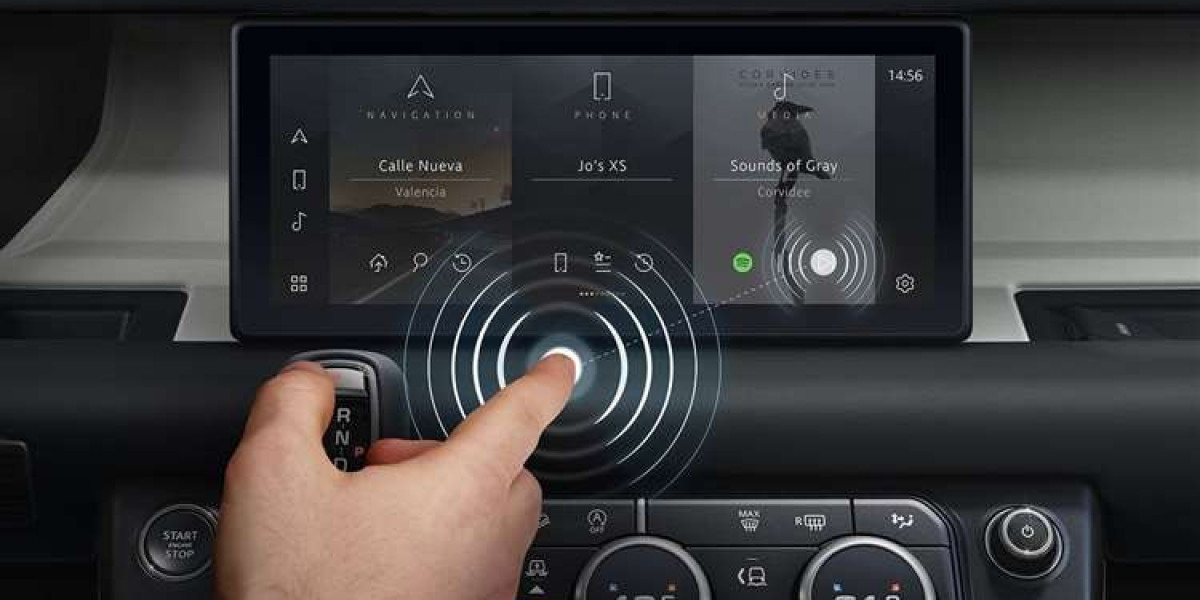The Predictive Touch Market is gaining significant traction due to advancements in touchless technology and artificial intelligence. Predictive touch technology enhances user interaction by anticipating touch inputs before physical contact is made, improving response time and accuracy. This innovation is widely used in consumer electronics, automotive interfaces, healthcare devices, and industrial applications. The growing demand for seamless and intuitive user experiences is propelling market growth.
According to Market Research Future, the Predictive Touch Market is anticipated to expand significantly, growing from USD 13.54 billion in 2025 to USD 30.96 billion by 2034, at a compound annual growth rate (CAGR) of 9.62% during the forecast period (2025 - 2034). Additionally, the market was valued at USD 12.35 billion in 2024, highlighting its strong growth potential driven by advancements in touchless technology and AI-powered interfaces.
Key Benefits
Enhanced User Experience – Provides faster, more intuitive interactions, reducing latency and improving efficiency.
Touchless Control – Reduces physical contact, enhancing hygiene and safety, especially in healthcare and public environments.
Energy Efficiency – Optimizes power consumption by reducing the need for physical touch activation.
Durability – Minimizes wear and tear compared to traditional touchscreens, extending the lifespan of devices.
Accessibility – Aids users with mobility impairments by providing a smoother and more responsive interface.
Types of Predictive Touch Technology
Capacitive Predictive Touch – Uses electric fields to detect hand movements before contact is made.
Optical Predictive Touch – Employs infrared sensors and cameras to anticipate touch gestures.
Ultrasonic Predictive Touch – Uses sound waves to create touchless interaction.
AI-Based Predictive Touch – Leverages machine learning algorithms to analyze user patterns and predict interactions.
Top Features
Gesture Recognition – Detects hand movements and anticipates commands without physical touch.
Adaptive Learning – Adjusts to user behavior over time for a personalized experience.
Multi-Touch Prediction – Supports multiple simultaneous inputs for seamless multi-user interaction.
High Sensitivity Sensors – Enables quick and accurate response times.
Integration with AI & IoT – Enhances interconnectivity with other smart devices and systems.
Future Trends
Widespread Adoption in Smart Devices – Increased integration in smartphones, tablets, and laptops to improve user experience.
Expansion in Automotive Industry – Predictive touch interfaces in vehicle infotainment systems for safer, hands-free interactions.
Advancements in Healthcare – Use in medical equipment for contact-free operation, reducing contamination risks.
Growth in Industrial Applications – Implementation in manufacturing and automation to enhance productivity and safety.
AI-Driven Enhancements – Smarter, more predictive algorithms to improve accuracy and adaptability.
Conclusion
The Predictive Touch Market is poised for substantial growth, driven by advancements in AI, increasing demand for touchless interactions, and the need for more efficient and hygienic user interfaces. As industries continue to integrate predictive touch technology into their systems, this market is expected to expand significantly, transforming how users interact with devices in various sectors. The future of predictive touch is not just about convenience but also about creating a safer and more intuitive digital experience.








